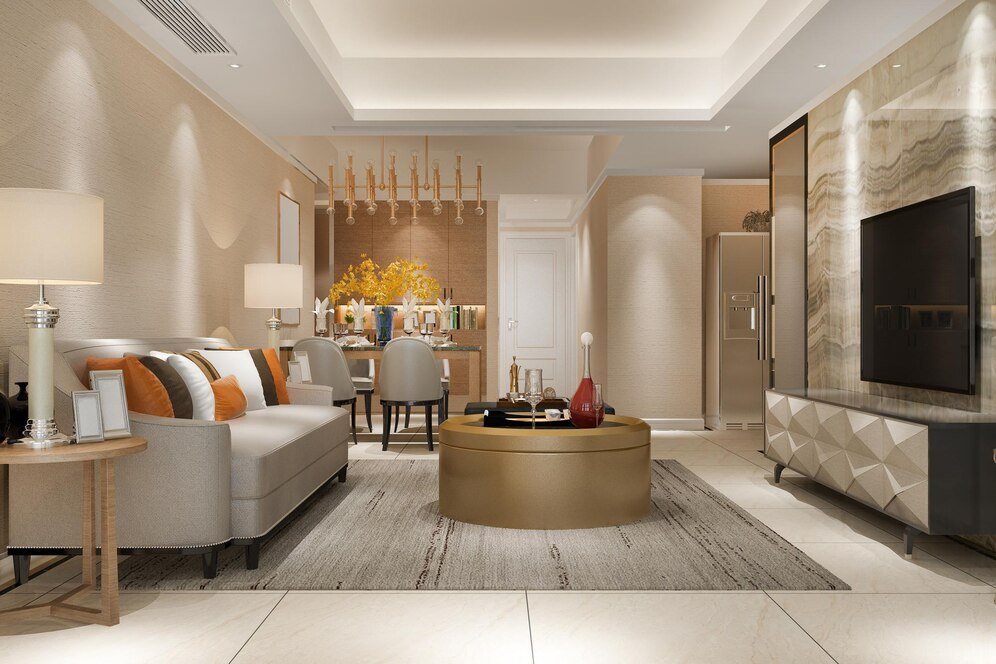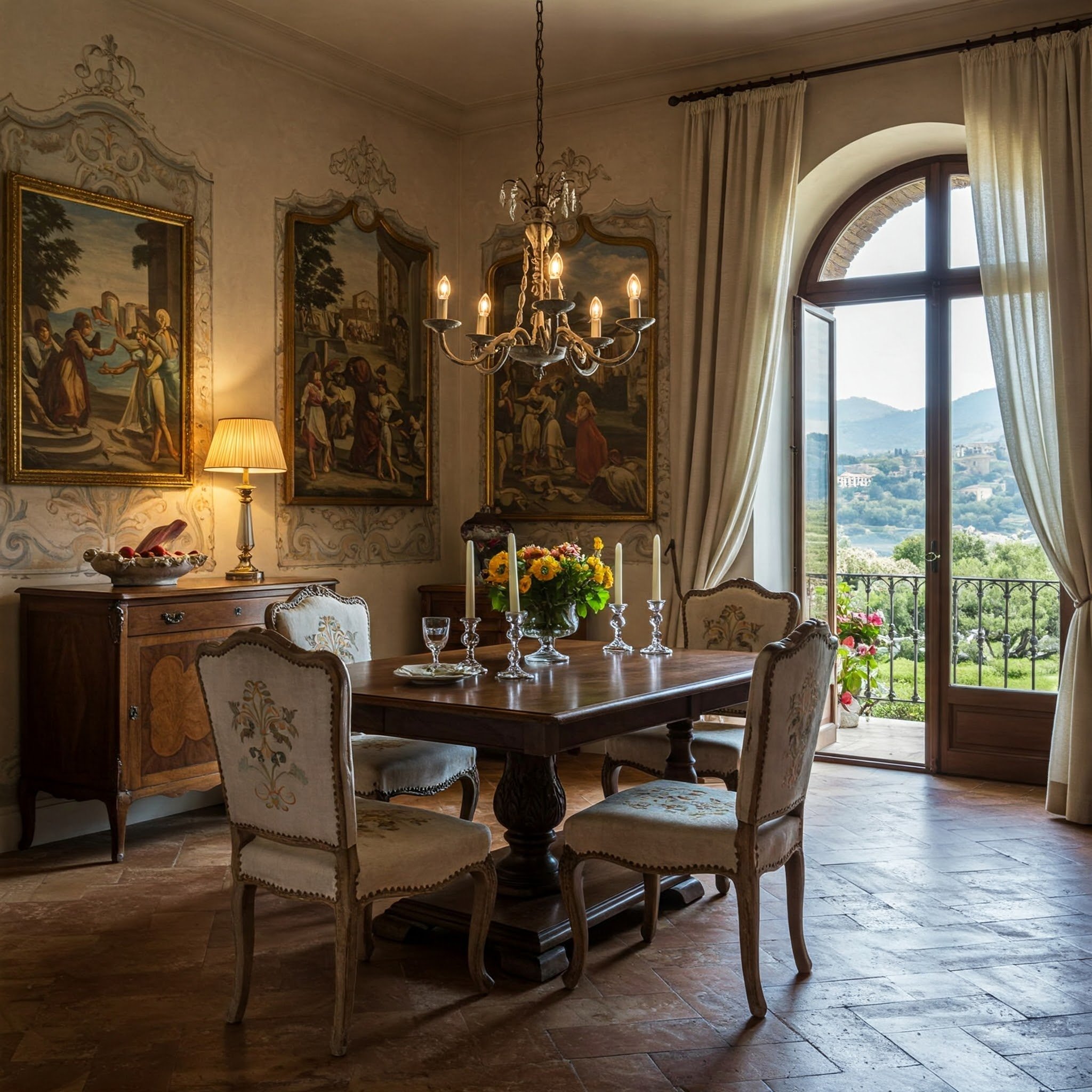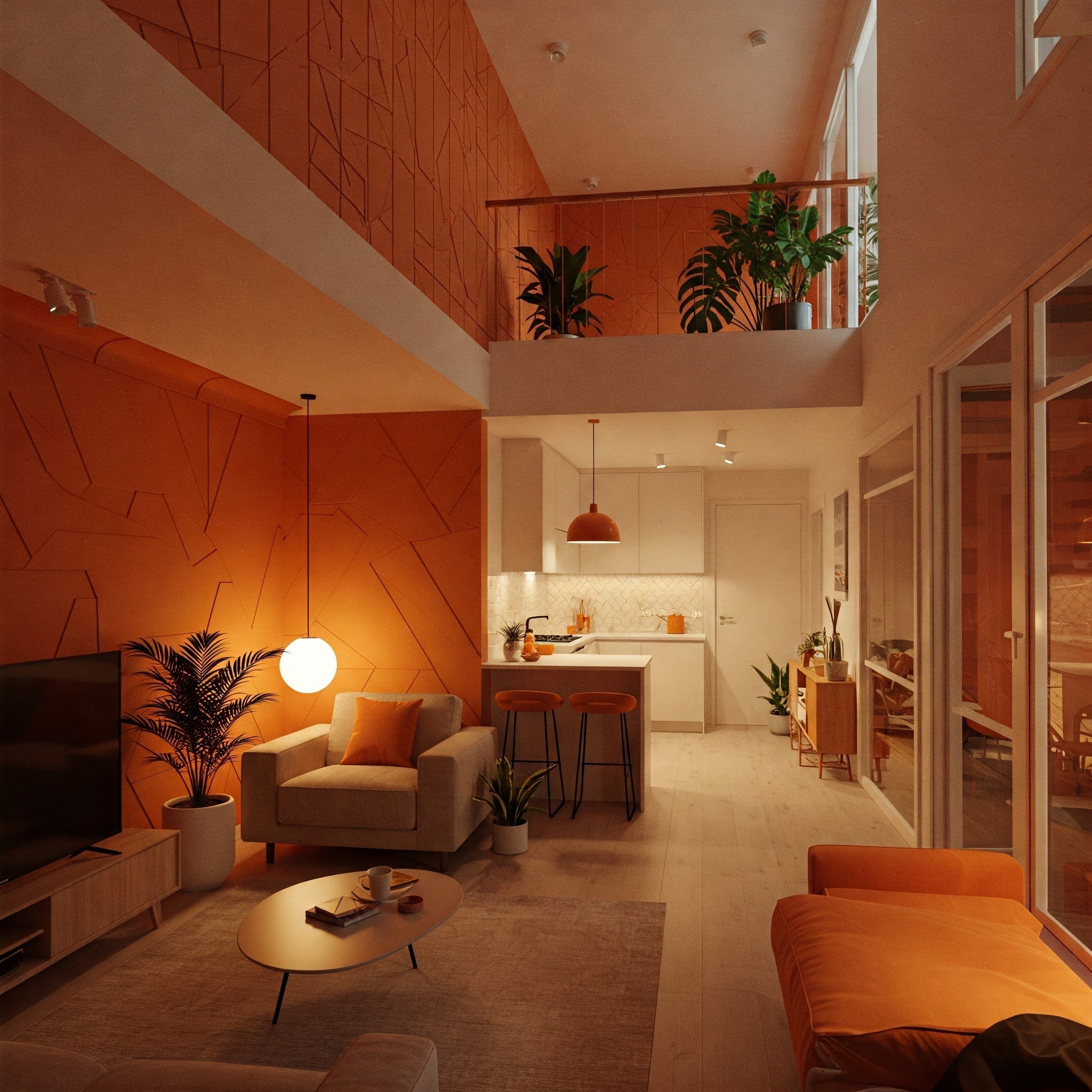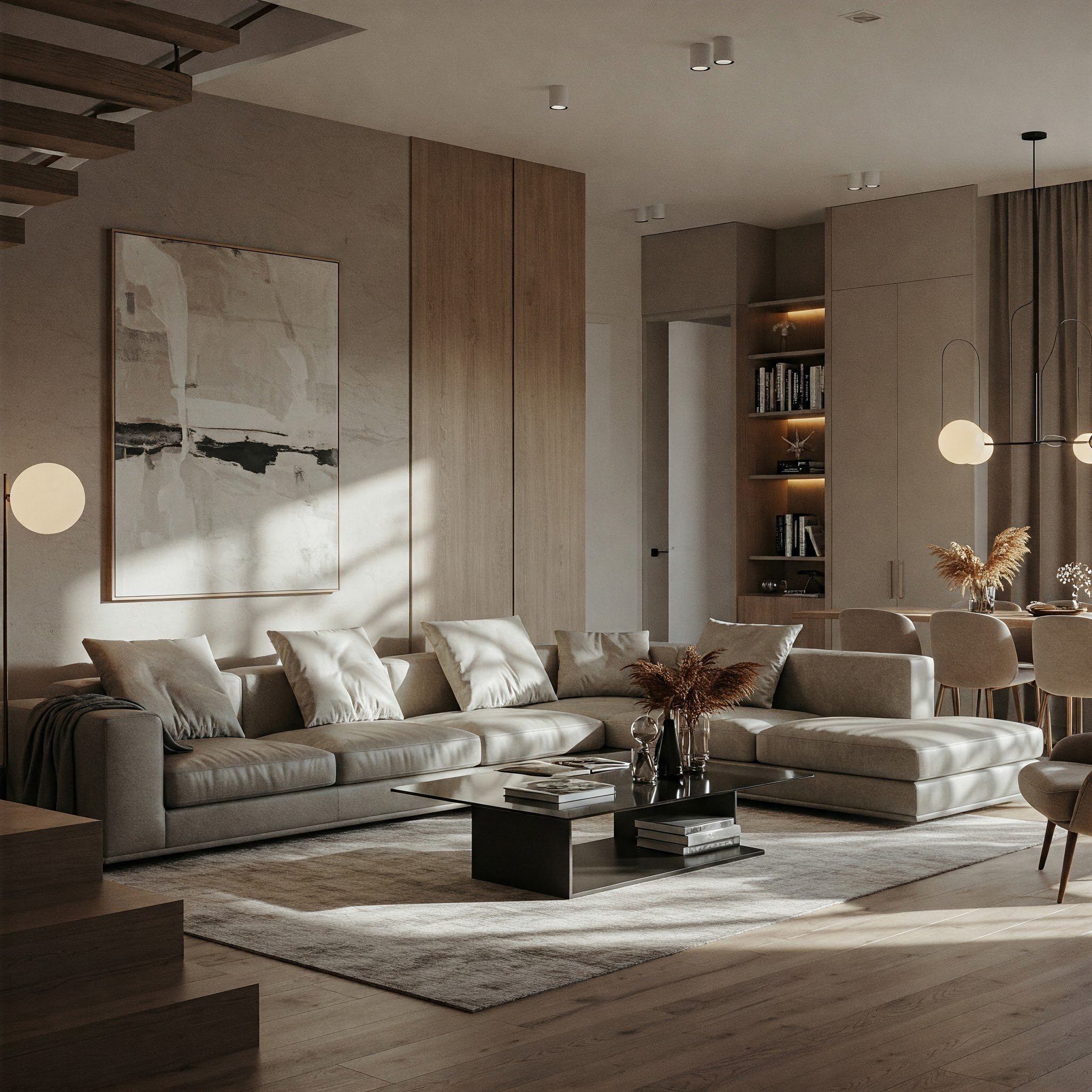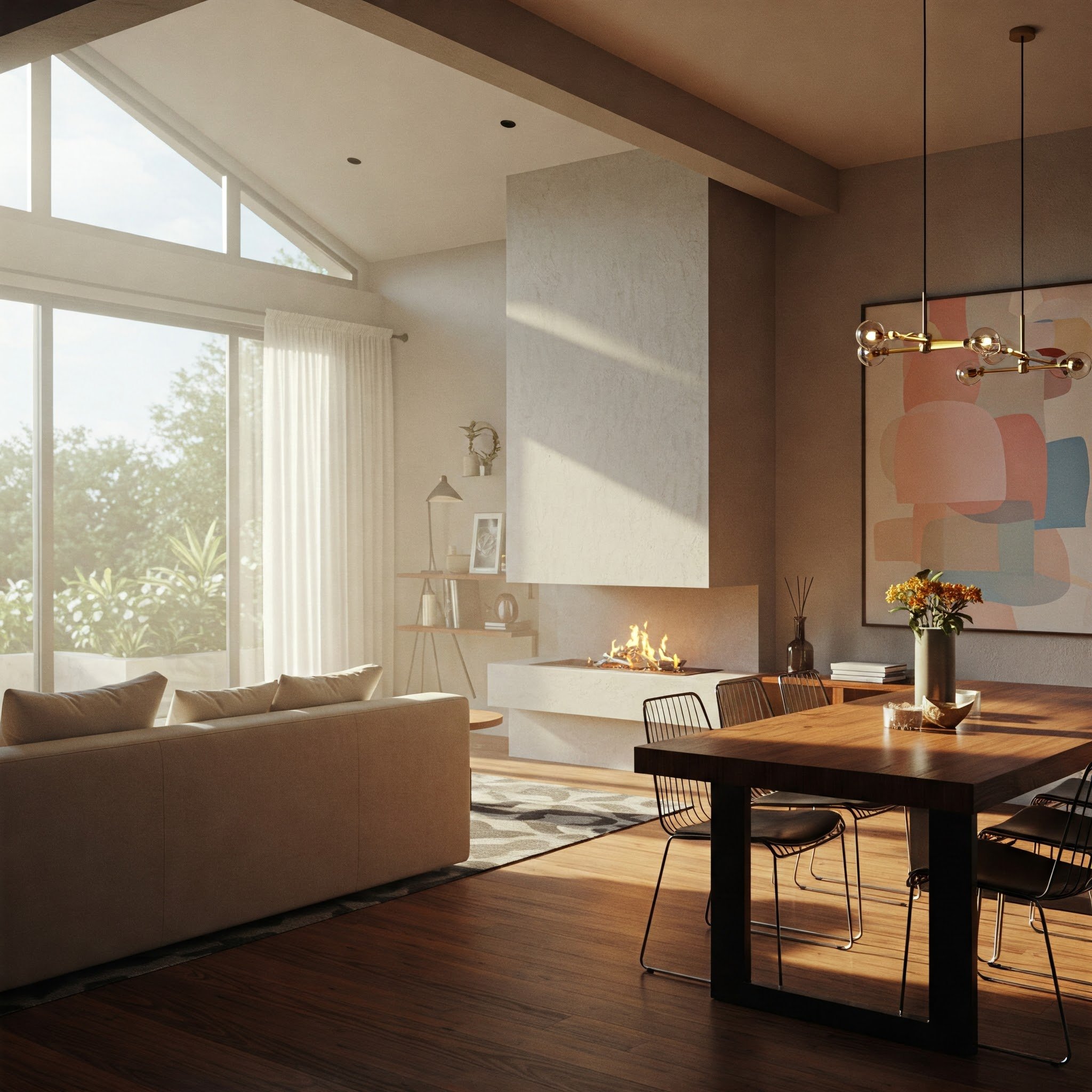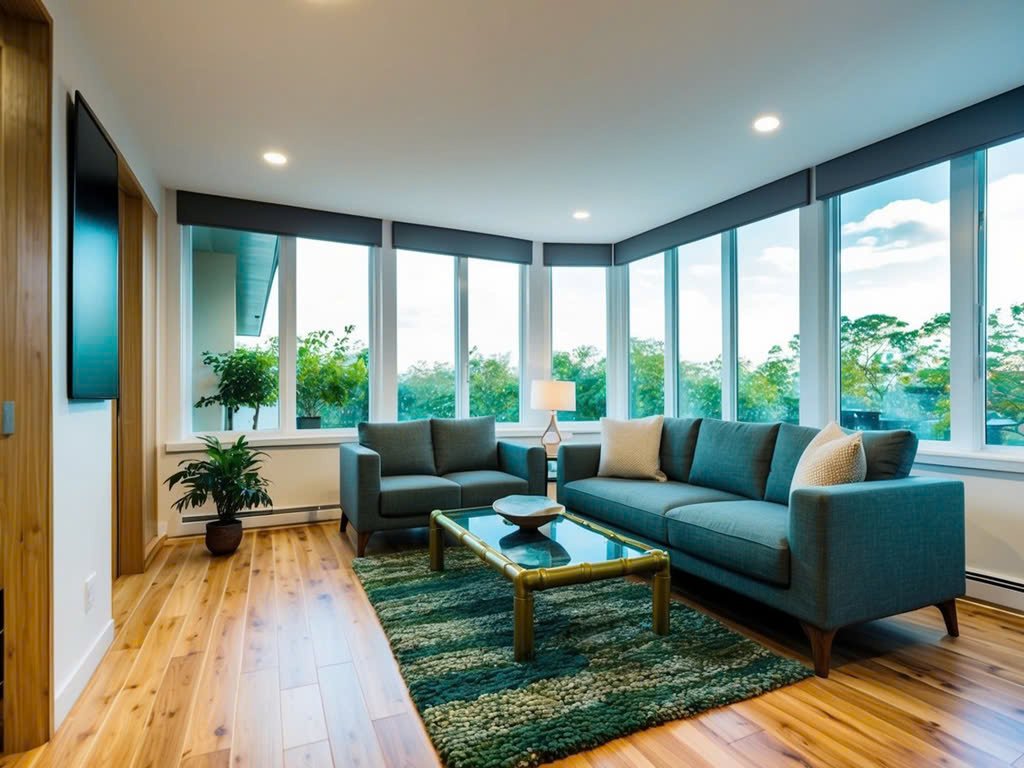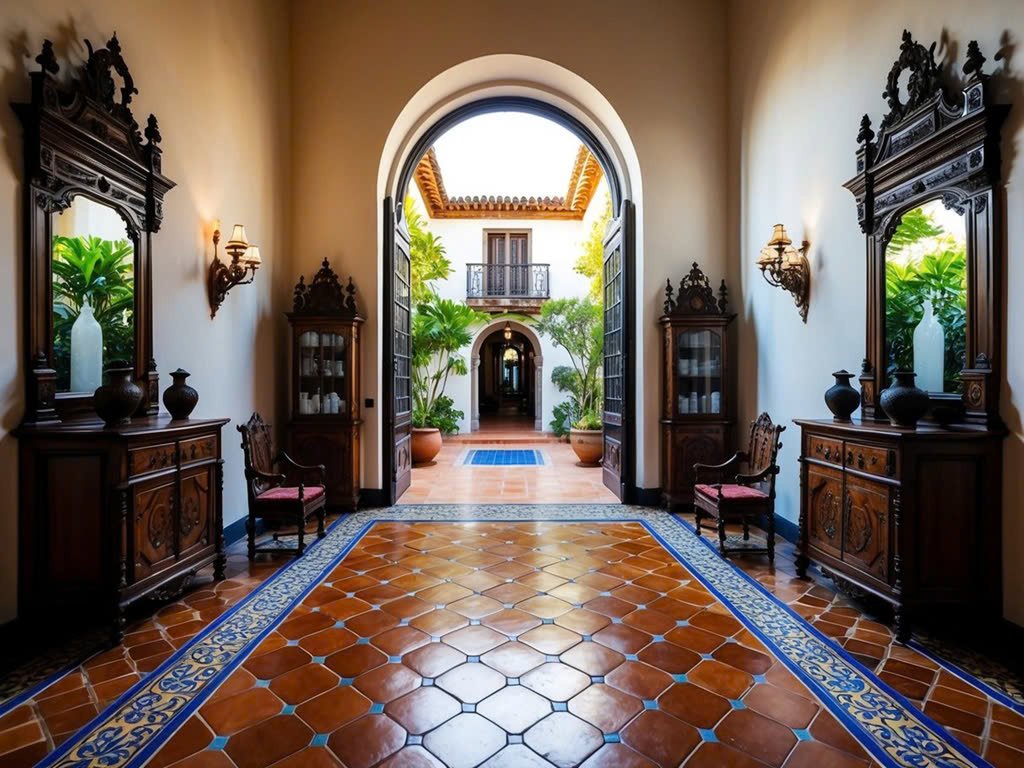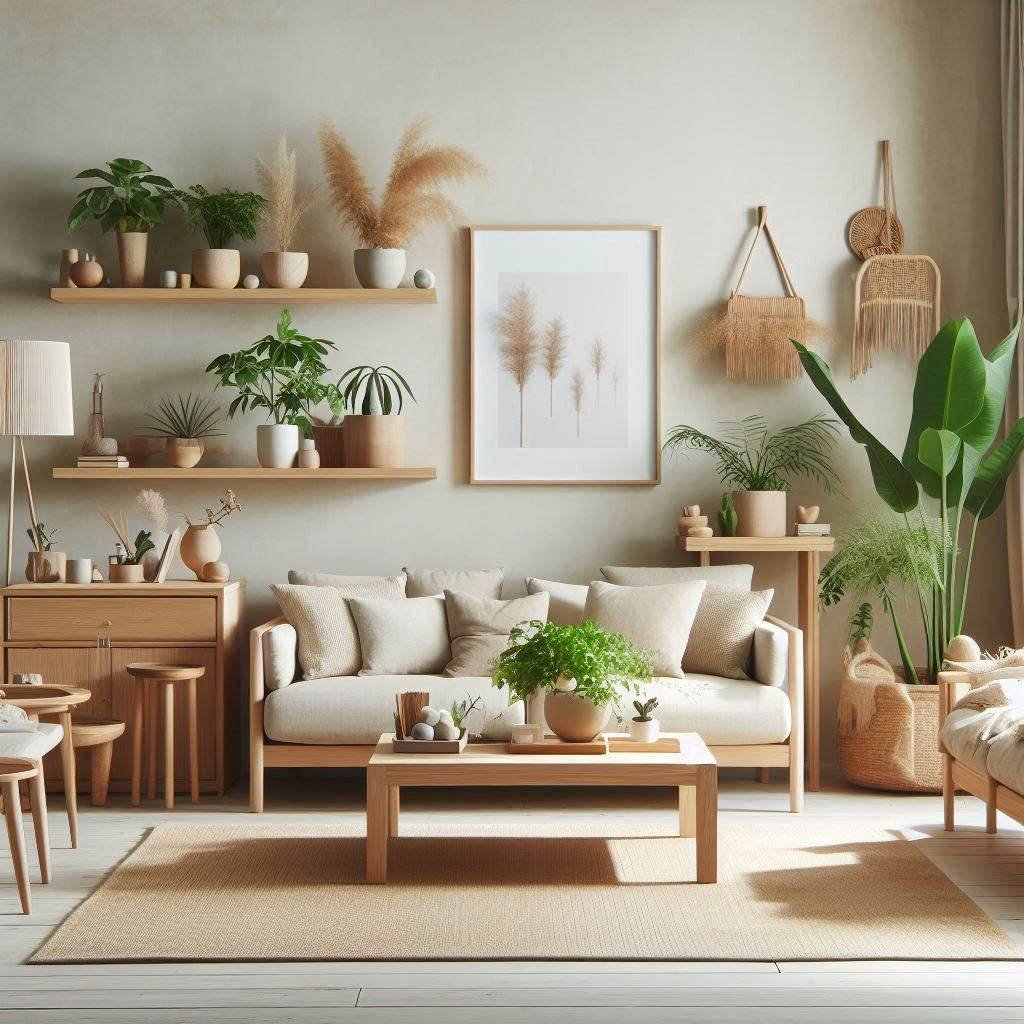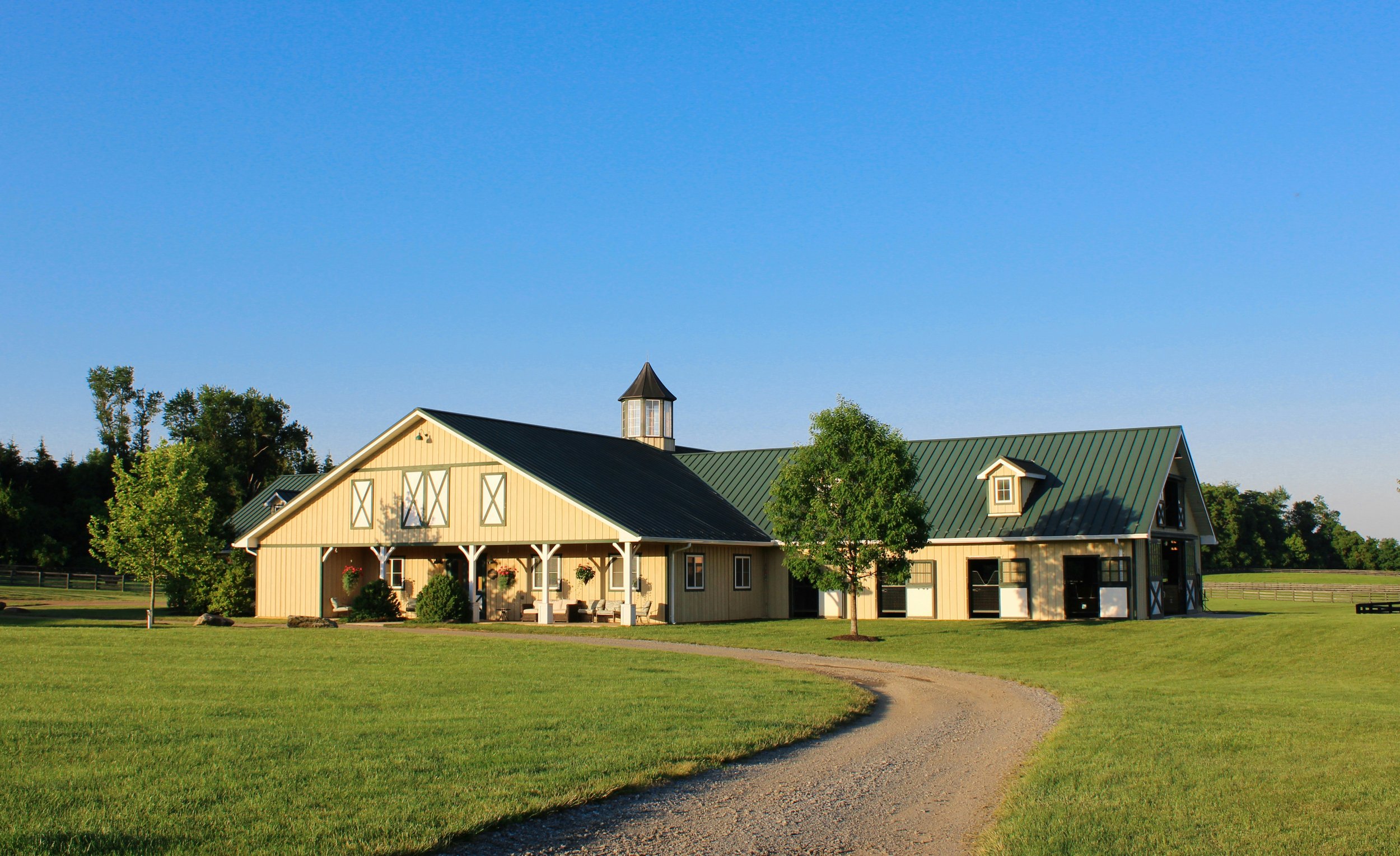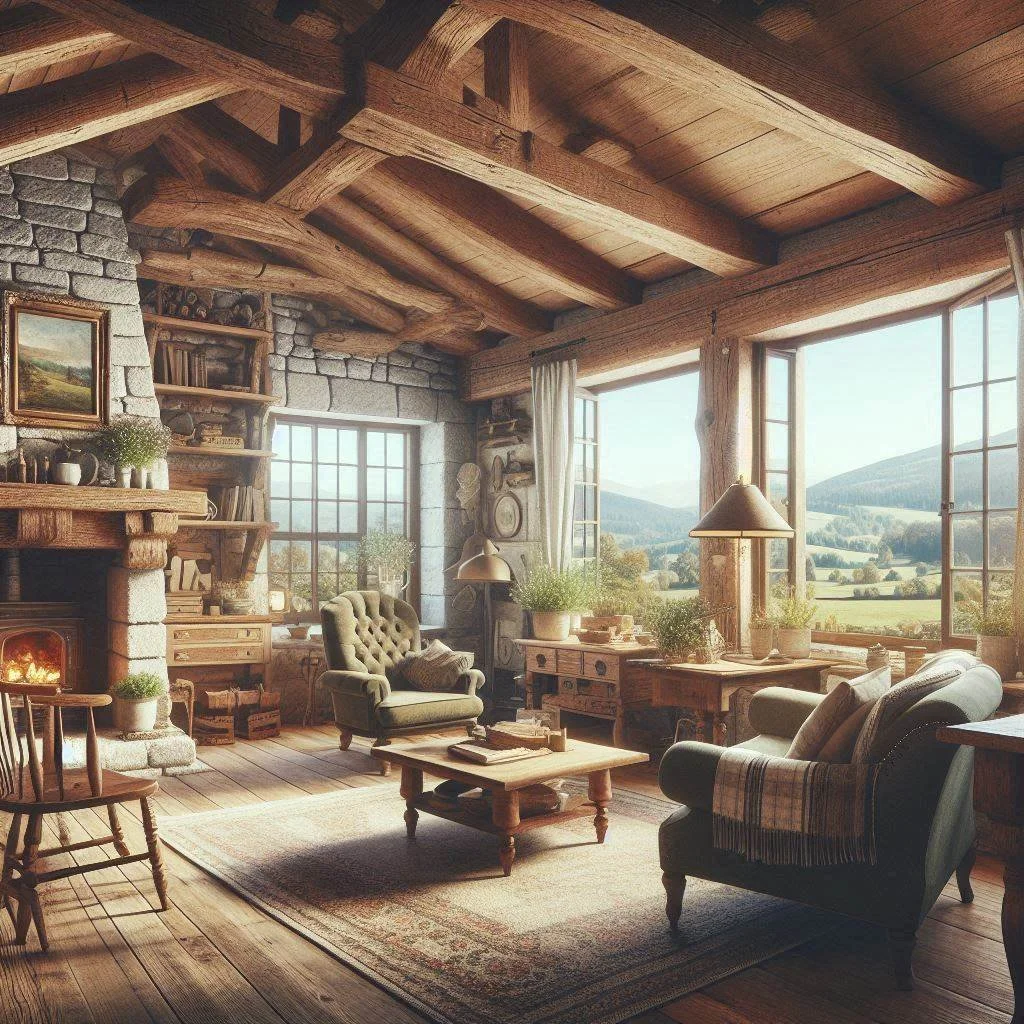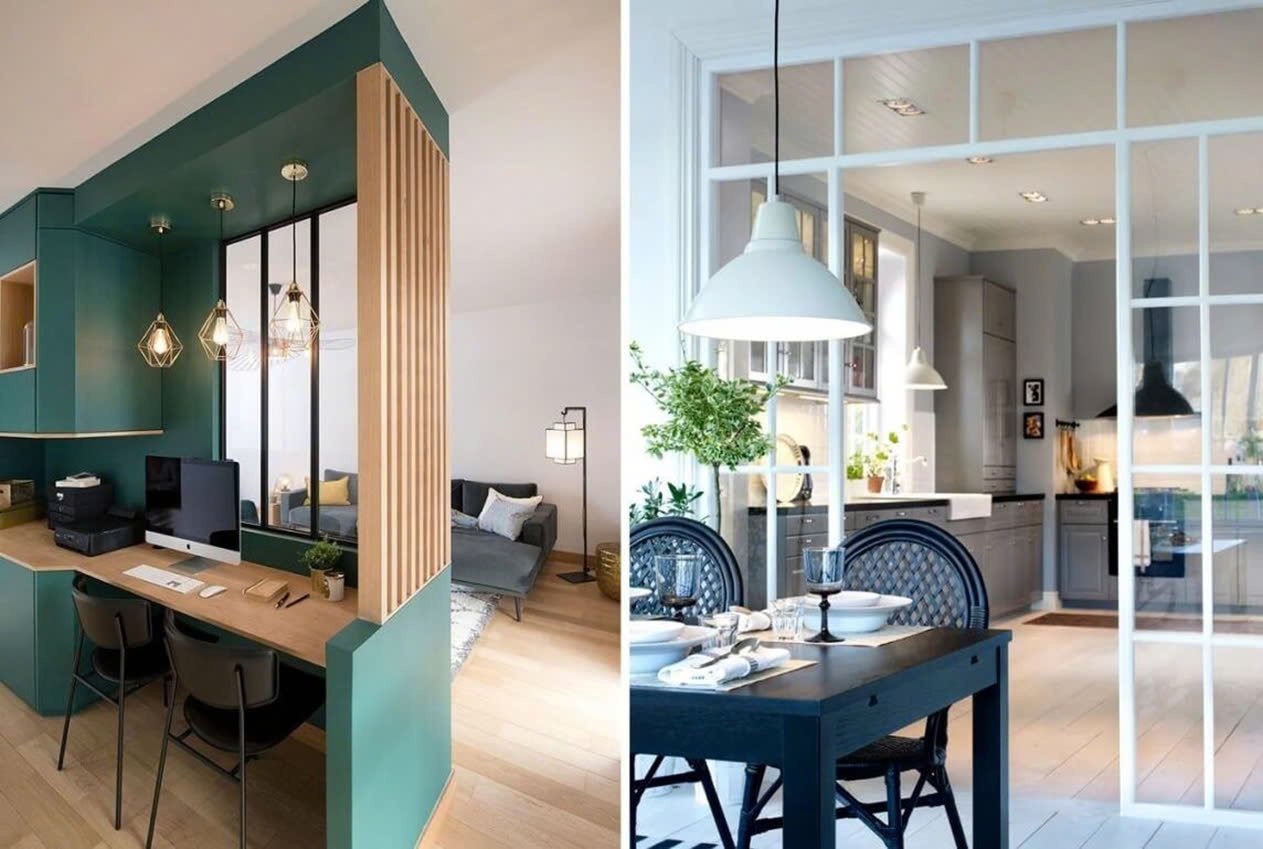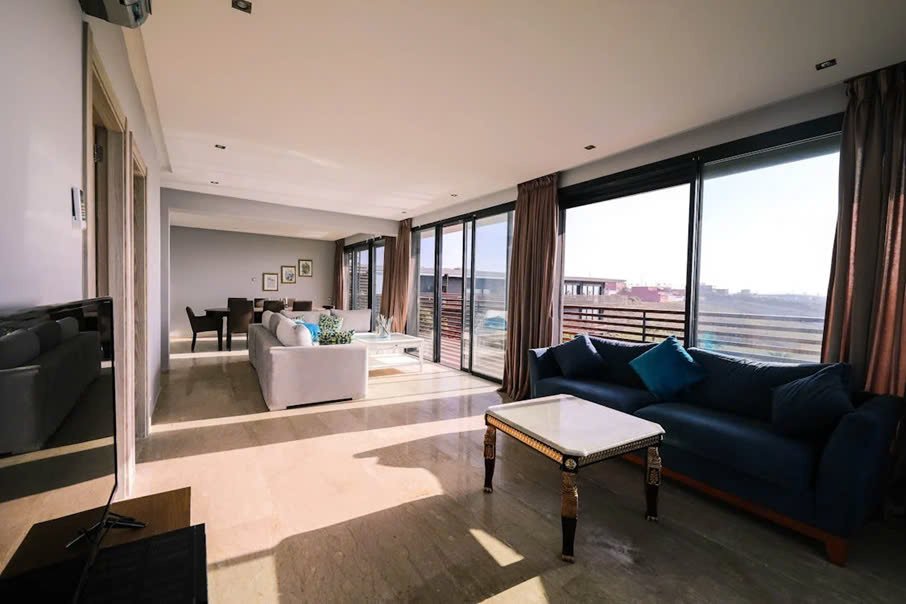How Interior Design Creates Functional Residential Spaces
Discover how interior design enhances functionality in residential spaces by optimizing layout, lighting, and decor for a stylish and practical home.
Creating a space that is both stylish and practical is the heart of residential interior design. Whether designing a compact apartment, a spacious loft, or a shared living area, the goal is to craft an environment that supports everyday life. A well-planned space balances aesthetics with function, ensuring comfort, efficiency, and personal expression. In this article, we’ll look at how interior design can create residential functional spaces that improve usability, add comfort, and express individuality.
1. Understanding the Purpose of Each Space
Before getting into design choices, it's crucial to define the purpose of each space. Every area should serve a distinct function—whether it's for relaxation, work, socializing, or storage. Identifying the needs of those who use the space helps in making intentional design decisions that maximize its potential. For example, a multi-functional living room can double as an entertainment hub and a workspace with the right furniture and layout.
2. Maximizing Layout and Flow
A well-thought-out layout ensures smooth movement and accessibility. The arrangement of furniture, lighting, and pathways should create a natural flow, allowing people to navigate the space comfortably. Open layouts can make smaller spaces feel larger, while strategic zoning in open-plan areas can define separate functions without the need for walls. Thoughtful placement of elements like seating, storage, and work surfaces contributes to an intuitive and seamless environment.
3. Smart Storage Solutions
Clutter can disrupt both the visual appeal and functionality of a space. Smart storage solutions help keep areas organized without sacrificing style. Built-in cabinets, under-bed drawers, vertical shelving, and multi-purpose furniture are excellent ways to utilize available space efficiently. By incorporating clever storage options, every item can have a designated place, reducing mess and increasing usability.
4. Balancing Aesthetics with Practicality
While it’s tempting to prioritize style, functionality should always come first. The best designs harmonize beauty with practicality by choosing materials, colors, and furnishings that are both durable and visually pleasing. For example, opting for stain-resistant fabrics in high-traffic areas or choosing furniture that complements the space without overcrowding it can make a significant difference. A balance between visual appeal and everyday usability ensures a design that stands the test of time.
5. Incorporating Flexible and Multi-Use Elements
Modern living often demands flexibility. Multi-functional furniture and adaptable design elements allow spaces to serve multiple purposes without compromising comfort. Foldable tables, modular sofas, and convertible workspaces can accommodate changing needs, making them ideal for both compact and larger living environments. The ability to modify a space easily adds long-term value and adaptability to any interior design plan.
6. Improving Lighting and Ventilation
Good lighting and proper ventilation contribute significantly to the comfort and function of a space. Natural light increases mood and makes interiors feel more open and inviting, while artificial lighting should be layered to serve different purposes—ambient, task, and accent lighting each play a role in optimizing usability. Adequate airflow through well-placed windows, vents, or air-purifying elements ensures a fresh and comfortable atmosphere, preventing spaces from feeling cramped or stuffy.
7. Personalizing the Space for Comfort
A space should reflect the personality and lifestyle of those who use it. Personalized elements such as artwork, textiles, color schemes, and decor bring warmth and uniqueness to any environment. Thoughtful customization allows for a more inviting and engaging space, making it not just functional but also a true representation of the people who inhabit it.
Final Words
Designing a functional space is about more than just aesthetics—it’s about making every element work harmoniously to support everyday activities. From efficient layouts to smart storage, adaptable furniture, and personalized touches, a well-planned interior enhances both comfort and usability. Thoughtful design choices create spaces that are not only visually pleasing but also serve a meaningful purpose in daily life.
